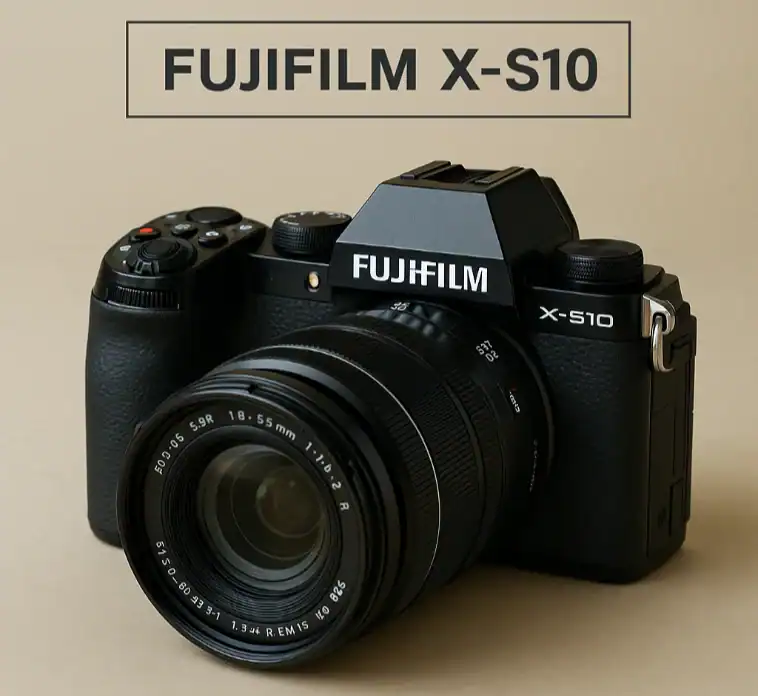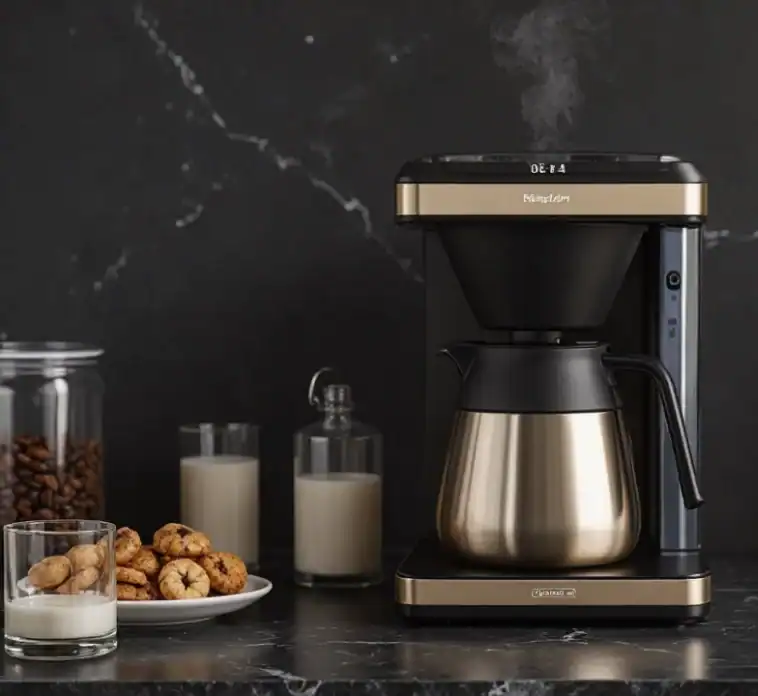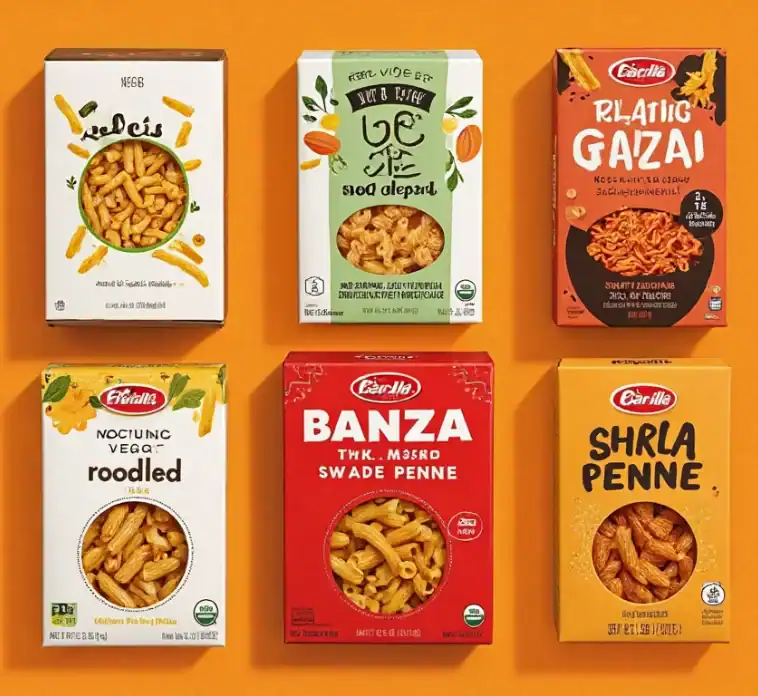Being a good cook is not just a result of experience, but it also depends on the knowledge of kitchen equivalents. If you are always curious, “How many teaspoons are in a tablespoon?” or “How many equivalent measures are there for 1 cup?”, then you are the ‘perfect match’ for this guide. When you’re familiar with kitchen equivalents, you can handle any cooking process confidently because you won’t have doubts about the amount of the meal you are cooking.
During our journey in this extensive guide to kitchen conversion, we will consider various aspects, from the conversion of liquid to solid measurements, the common alternatives, and the proper measurements of kitchen equipment. From now on, you will say goodbye to the confusion caused by measuring spoons or cups – after reading this guide, you will be able to do the right thing. Yes, let’s get started!
What Are Kitchen Equivalents?
In cooking, kitchen equivalents refer to connections between various units of measurement used in the kitchen. The main use of these equivalents is to help with the successful outcome of recipes in the case that the use of another measuring system or equipment takes place. For example, knowledge of the conversion from tablespoons to teaspoons and from gallons to cups is necessary to achieve the right ingredient portion.
Wouldn’t you want to save yourself some time and make your cooking more comfortable and enjoyable, not to mention preventing mishaps? I say it’s very similar to having a reliable kitchen guide that is ready to help you whenever necessary.
Why Is It Important to Know Kitchen Equivalents?
Knowing kitchen equivalents has many reasons behind it. Explanation:
- Accurate Cooking: Recipes are heavily based on the accurate measurements of the ingredients, and even the smallest deviation can greatly change the taste and consistency, and besides, the dish will be uninformative.
- Flexibility in Cooking: Knowing how to replace ingredients gives you the freedom to cook in different styles, and it helps you avoid the shortage of food in the kitchen.
- No Need for Multiple Tools: Oppositely, when you are out of tools, you will not be throwing in every single measuring cup and spoon. You will remember which one is the equivalent of another.
- Save Time: As long as you have a kitchen helper by your side, you will be able to quickly go through the process of changing measurements that come up at any time without consuming a lot of time.
Well, what are the most frequently used kitchen equivalents used in cooking one would encounter now?
How Many Teaspoons Are in a Tablespoon?
Being able to convert basic units, such as knowing how many teaspoons are in one tablespoon, is ‘imperative’ for hassle-free cooking. Below is the summary:
- 1 tablespoon = 3 teaspoons
- 2 tablespoons = 1/8 cup = 1 fluid ounce
- 4 tablespoons = 1/4 cup = 2 fluid ounces
We all know clearly that one tablespoon is the same as three teaspoons, so whenever such a situation arises where you have to convert from teaspoons to tablespoons, simply make use of multiplication or division by three.
The Equivalents for 1 Cup and Other Common Measurements
In this part, we want to remind you of those kitchen equivalents that are most needed, especially those concerning the number of teaspoons that come in a tablespoon and how to find all the equivalents for 1 cup. These are all the more important to any kitchen:
Small Volume (Liquid)
- 1 tablespoon = 3 teaspoons = 1/2 fluid ounce
- 2 tablespoons = 1/8 cup = 1 fluid ounce
- 4 tablespoons = 1/4 cup = 2 fluid ounces
- 5 tablespoons + 1 teaspoon = 1/3 cup
- 16 tablespoons = 1 cup = 8 fluid ounces
Large Volume (Liquid)
- 1 cup = 8 fluid ounces = 1/2 pint
- 2 cups = 16 fluid ounces = 1 pint = 1/2 quart
- 4 cups = 32 fluid ounces = 2 pints = 1 quart
- 8 cups = 64 fluid ounces = 2 quarts = 1/2 gallon
- 16 cups = 128 fluid ounces = 4 quarts = 1 gallon
Dry Measurements
- 1 cup = 16 tablespoons
- 1 pound dry = 16 ounces
Kitchen Equipment Measurements
Also, finding out the abilities of different pans and baking dishes is the other step to cooking success. Use the following useful list of designated kitchen equipment sizes:
- One half cup comes from 2 1/2-by- 1/2-inch muffin-pan cup
- Six cups using a 9-by– 1/2-inch round cake pan
- 9-by-1-inch pie plate = 4 cups
- 8-by-8-by-2-inch square pan = 7 cups
- 13-by-9-by-2-inch rectangular pan = 14 cups
With the aid of these measurements, you will be able to correctly select the appropriate pan for the recipe; thus, the result will be perfectly baked.
Ingredients Equivalents: A Handy Guide
Knowing the equivalents for ingredients is especially helpful in the event’ that a person runs out of something or wants to change a recipe. Below are some of the common equivalents for ingredients:
- Apples: three medium-sized or three-cup sliced pound equals
- Bananas: Three medium-sized or one-third cup pound equals
- Butter or margarine: One stick of butter or margarine is eight tablespoons or four ounces
- Cabbage: One pound equals four to five coarsely cut cups
- Cheese: Four ounces of cheese equal one cup shredded
- Chicken: Two 1/2 to three-pound fryers equal two 1/2 cups chopped cooked meat
- Chocolate: One ounce unsweeteled or semisweet equals one square
- Flour: One pound all-purpose equals roughly three one-half cups
When you have less of a ‘specific ingredient’, these measurements will help you use it to come up with appropriate alternatives.
Common Substitutions in the Kitchen
Sometimes, you may have a situation where you lack a particular ingredient, in which case substitutions for it could be a savior. Listed below are a few of the common kitchen substitutions:
- Baking powder: One teaspoon of baking powder equals half a teaspoon of cream of tartar plus one-fourth of a teaspoon of baking soda
- Buttermilk: One cup of buttermilk corresponds to one tablespoon of vinegar or lemon juice plus enough milk to equal one cup
- Cornstarch (for thickening): One tablespoon of cornstarch will equal two tablespoons of flour or two tablespoons of quick-cooking tapioca when thickening
- Milk: One cup of whole milk equals one-half cup of evaporated milk plus one-half cup of water
- Sour cream: In unheated recipes, one cup sour cream equals one cup plain yogurt
Instead of the ingredients mentioned, use one of these options if you do not possess them yet, and you still wish to finish your recipe.
How to Memorize Kitchen Conversions
To grasp and keep in mind liquid measures for cooking can be a real challenge, especially if you’re not so good at memorizing anything; however, the hard work will pay off. Below are some tips to remind you:
- Use Visual Cues: Create a table with all the information about equivalents on it and hang it in the kitchen to have a quick and simple reference.
- Practice: Cooking more often will help you get used to the many different measures very quickly. Use those measures repeatedly in the conversions, and that will make it easier.
- Use Technology: Get a kitchen conversion app for your smartphone or simply keep a digital chart on your phone.
- Learn Key Conversions: Know well some of the most important conversion examples of teaspoons to tablespoons, cups to pints, and tablespoons to cups while cooking.
Why Knowing Kitchen Equivalents Makes Cooking Easier
In cooking, knowledge of kitchen equivalents will result in fewer errors, better output, and time-saving. Whether you are strictly following the recipe or putting in substitutes, being conversant with the conversions helps you to achieve the perfect results every time. What explains fewer errors and better outcomes?
Moreover, to know kitchen equivalents is the ultimate way to conquer different dimensions of measurements and do the conversions without any hassle, very much like owning a kitchen guide. Right?
So, next time you are having a meal and you pose a question like, “How many teaspoons are in a tablespoon?” or “What is the equivalent of 1 cup?” you can guarantee that the information you have is your ticket to a smooth and easy cooking experience.
Conclusion: The Only Kitchen Equivalents Chart You’ll Ever Need
With this tutorial, you are confident that you can now download the kitchen equivalents chart, which is the best for you. To measure ingredients, convert different units, or use kitchen equipment, knowledge of this matter will be your time saver. Further, this is a way to make your dishes awesome always.
Print this list, practice your conversions, and soon, you will realize the cooking process is not only easy but also more enjoyable. And if I may say so, recall the words, “I need only three things in life: books, cheese, and fine red wine,” because knowledge of the kitchen equivalents will keep you concentrated on that, and the rest deserve no worry!

























